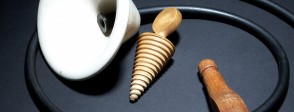The force-feeding equipment is a disturbing reminder of the unequal status of British women at the beginning of the 20th century and of how some women were treated when they campaigned for equal rights. But how does female status in early twentieth-century Britain compare with the position of women in other societies at different times in history? These objects provide a useful starting point for students to investigate the status of women from different cultures across time.
Women carrying out a ritual
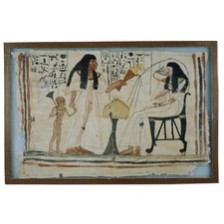
Funerary cloth of Isetnefret from ancient Egypt; 1300 – 1070 BC.
See more See more: https://www.google.com/culturalinstitute/beta/asset/funerary-cloth-of-isetnefret/pgHIZZUCCyMFuAAn old nurse
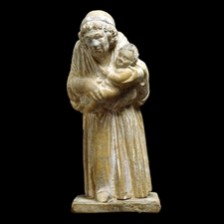
Terracotta figure, possibly from Athens, Greece; about 300 BC.
See more See more: https://www.google.com/culturalinstitute/beta/asset/terracotta-tanagra-figure-of-an-old-nurse/NwHLzXyk3iPHUwA Roman wife
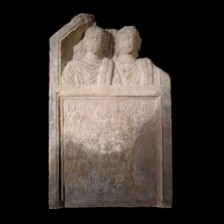
Tombstone of Volusia Faustina from Lincoln; AD 200s.
See more See more: https://www.google.com/culturalinstitute/beta/asset/tombstone-of-volusia-faustina/KgFtWKtMjkb4NQA woman out hawking
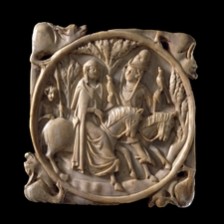
Ivory mirror back from France; AD 1325 – 75.
See more See more: https://www.google.com/culturalinstitute/beta/asset/ivory-mirror-back-with-hawking-scene/7gGWezum5haDFAA lady of the court

Painting of a lady at the court of Henry VIII by Hans Holbein; England, AD 1530s.
See more See more: http://www.britishmuseum.org/explore/highlights/highlight_objects/pd/h/hans_holbein_the_younger,_port.aspxWoman selling souvenirs
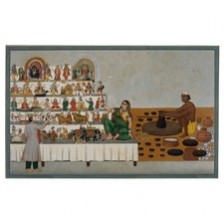
Painting in the Company style from northern India; around AD 1850.
See more See more: http://www.britishmuseum.org/explore/highlights/highlight_objects/asia/s/stall_for_the_sale_of_painted.aspxPatron goddess of women
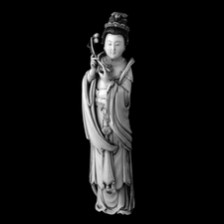
Ivory figure of Xiwangmu from China; Qing dynasty, probably Kangxi period (AD 1662 – 1722)
See more See more: https://www.google.com/culturalinstitute/beta/asset/ivory-figure-of-xiwangmu/bwEa1mG9qpE5cA

